
Common in a wide range of urban and rural buildings all over UK. Mainly a house dweller, it lives very little out of doors where it does not compete well with small external mammals like wood mice. It is not found in sewers.
The house mouse is a prolific breeder, they reach sexual maturity within 35 days. Pregnancy lasts an average of 19 days. There is about 8 litters a year with an average of 6 young per litter. A mouse requires about 3g of food per day and 1.5ml of water although this can be extracted from the food they eat. They carry disease, the worst being Salmonella, via their droppings of which on average is 50 - 80 per day. Over a 6-month period a pair of mice will eat about 1.8kg of food, produce 18,000 droppings, and 355ml of urine.
Serious pest species. Contamination of goods and machinery. Destruction of domestic and commercial stock. Serious disease carrier.
Proofing of premises to prevent access. Good hygiene standards. Use of rodenticides or traps. Only to be undertaken by qualified technicians.
House mice can become pregnant within 48 hours of producing a litter. Their tails have scales that help with climbing. The name mouse comes from "mus", a Sanskrit word that means thief.
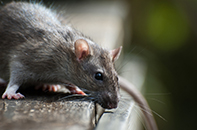
NORWAY BROWN RAT Rat of the developed urban environment, largely in developed towns and cities. Generally a burrowing species but can be found in buildings and...
Read More
HOUSE MOUSECommon in a wide range of urban and rural buildings all over UK. Mainly a house dweller, it lives very little out of doors where it does not compete well with...
Read More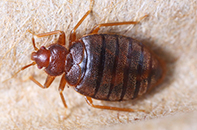
BED BUGNocturnal parasite, all stages feeding on mammalian blood, principally human but also dog, cat or rodents. Hide by day in crevices in beds...
Read More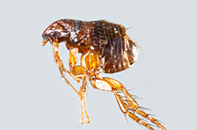
FLEAParasitic as adults, adapted to living among the fur of the host and feeding on its blood. Soft furnishing. Larvae live on floor in bedding of host...
Read More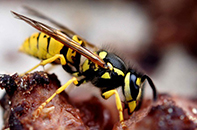
COMMON WASPTemperate species forming nests in soil banks, roof spaces, wall cavities and trees. Nests formed of paper (chewed wood) and may become very large....
Read More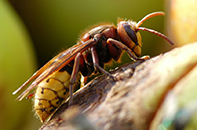
EUROPEAN HORNETTemperate species forming nests in wooded areas, wall cavities and trees. Nests formed of paper (chewed wood) and become very large. Colonies only....
Read More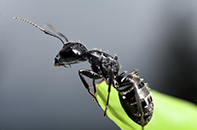
BLACK ANTTemperate species living in soil or in association with dwellings. Form nests in gardens, under paving stones, in foundations or occasionally within...
Read More
PHARAOH'S ANTTropical species found only in heated buildings in the UK. Small, mobile and active at all times of the day. Form large, apparently unstructured, nests in....
Read More
GERMAN COCKROACHPrimarily nocturnal, a pest of warm, humid conditions. Found in the UK only in heated buildings, not normally outside or in underground...
Read More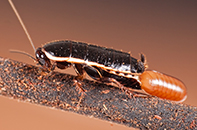
ORIENTAL COCKROACHPrimarily nocturnal, a pest of warm environments but tolerant of colder conditions. Nymphs and adults cluster in groups in harbourages...
Read More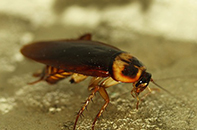
AMERICAN COCKROACHPrimarily nocturnal, a pest of warm, humid conditions. Found in the UK only in heated buildings, not normally outside or in underground heating...
Read More
CLUSTER FLYAdults live harmlessly out doors during summer but may enter buildings (usually roof spaces and lofts but also through windows into rooms) in autumn....
Read More